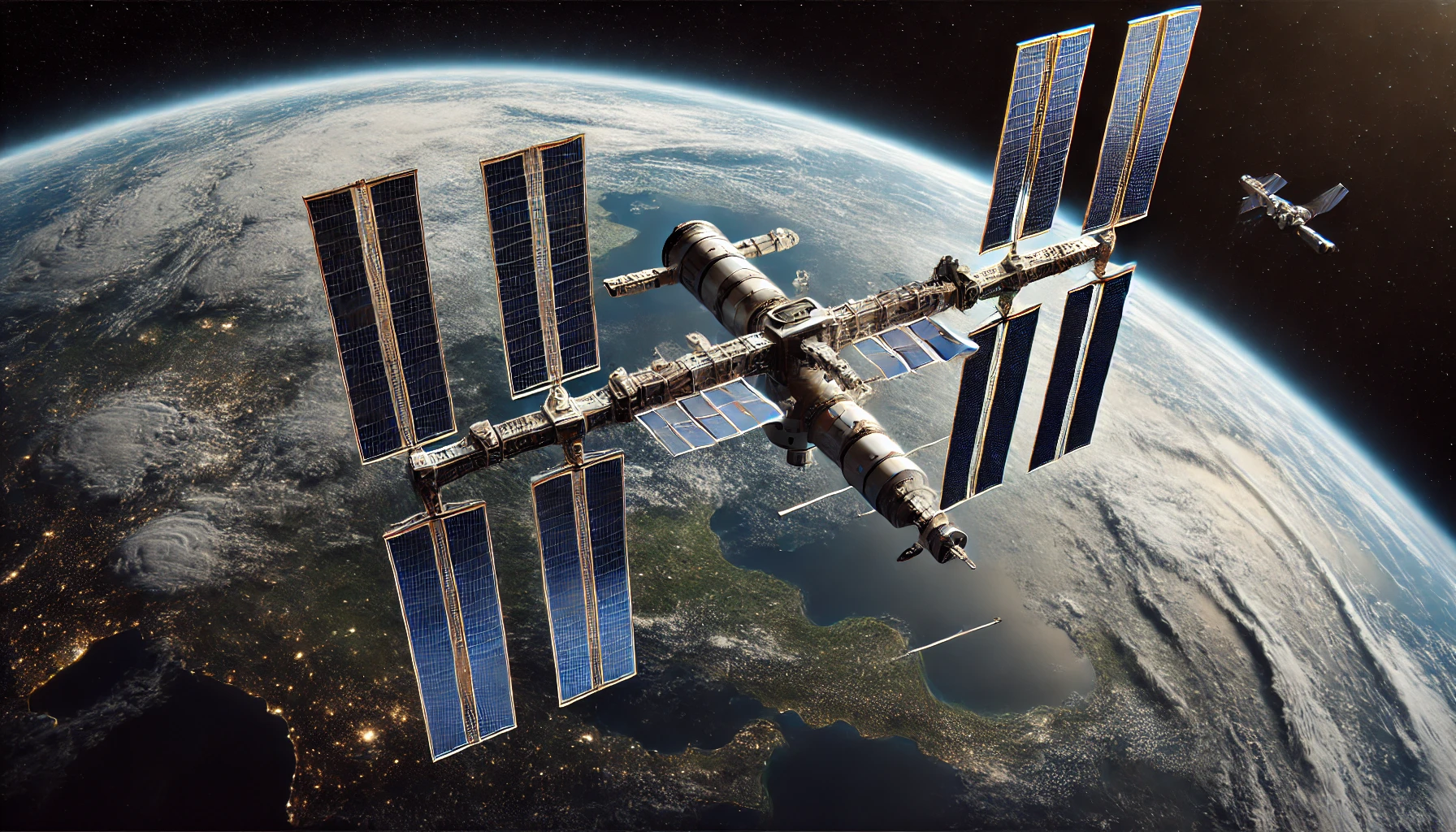
China’s robotic spacecraft has returned with rocks and dust from the far side of the moon, potentially unlocking secrets about the lunar interior composition. The Chang’e-6 mission capsule landed in northern China’s Inner Mongolia at 2:07 p.m. Beijing Time on Tuesday, according to the State Council Information Office. The spacecraft’s journey to the moon, which lies about 250,000 miles away, spanned over 50 days.
While Apollo 8 astronauts were the first humans to see the far side of the moon from space—with William Anders describing it as resembling a kids’ sand pile—NASA has never landed there. This marks the first time in history that samples have been returned from the moon’s far side, a significant achievement considering the challenges involved.
The primary difficulty in exploring the moon’s far side lies in communication. The moon itself obstructs direct communication between Earth and the far side. To overcome this, China positioned a communication relay satellite approximately 40,000 miles beyond the moon to facilitate signal exchange. This innovative solution enabled the successful completion of the Chang’e-6 mission.
Chinese President Xi Jinping lauded the mission, emphasizing the nation’s pride in its space achievements. “The outstanding contributions you have made will always be remembered by the country and the people,” Xi stated, as state social media shared videos and images of the capsule’s reentry into Earth’s atmosphere.
This accomplishment occurs amidst a renewed global space race, with China establishing itself as a formidable spacefaring nation. China’s advancements include significant research in low-Earth orbit at its space station and becoming the third country to land an uncrewed spacecraft on Mars. Previous robotic moon missions have detected water molecules on the near side and collected valuable samples.
Although China’s space program often keeps mission details under wraps until completion, it collaborates internationally. The Chang’e-6 mission included instruments from France, Italy, Pakistan, and the European Space Agency. Conversely, U.S. law prohibits NASA from collaborating with China on space missions or scientific exchanges.
Contrary to popular belief, the far side of the moon—sometimes called the “dark side”—is not always in darkness. It faces away from Earth but receives the same amount of sunlight as the near side. The far side’s unique geological features, however, provide insights that the near side does not.
The moon’s far side differs significantly from the near side. While the near side features large dark patches called maria, formed by meteoroid impacts that erased older craters, the far side retains more of its ancient geological history. The samples collected by Chang’e-6 could reveal crucial information about the moon’s evolution and the history of our solar system.
The Chang’e-6 spacecraft landed in the South Pole-Aitken basin, an enormous impact crater where scientists suspect the moon’s mantle material might be exposed. This makes the samples potentially invaluable for understanding the moon’s internal structure.
During the earlier Chang’e-4 mission, which also landed on the far side, China discovered that the soil there extends deeper than on the near side. The reason for the moon’s asymmetrical crust, with one side significantly thicker than the other, remains a mystery.
Despite China’s successes, NASA continues to lead in lunar exploration. Through its Artemis missions, NASA plans to send astronauts to the moon’s south pole, a region believed to contain water ice. If mined, this ice could support a burgeoning lunar economy by providing essential resources.
| Mission | Achievement | Year | Notes |
|---|---|---|---|
| Chang’e-3 | First Chinese rover on the moon | 2013 | Conducted scientific experiments |
| Chang’e-4 | First far side moon landing | 2019 | Discovered deeper soil layers |
| Chang’e-5 | First lunar sample return | 2020 | Collected 2 kilograms of moon samples |
| Chang’e-6 | First far side sample return | 2024 | Landed in South Pole-Aitken basin |
- First samples from the moon’s far side: The mission marks a historic milestone in lunar exploration.
- Innovative communication relay satellite: Enabled successful data exchange despite the moon’s obstruction.
- International collaboration: Included instruments from France, Italy, Pakistan, and the European Space Agency.
- Geological discoveries: Potential to reveal new insights about the moon’s formation and evolution.
- Future missions: NASA’s Artemis missions aim to explore the moon’s south pole for water ice.
China’s robotic Chang’e-6 mission represents a monumental achievement in space exploration, providing invaluable samples and insights from the moon’s far side. As global interest in lunar exploration intensifies, China’s contributions highlight its growing role in space research and discovery.
Featured Image courtesy of DALL-E by ChatGPT
